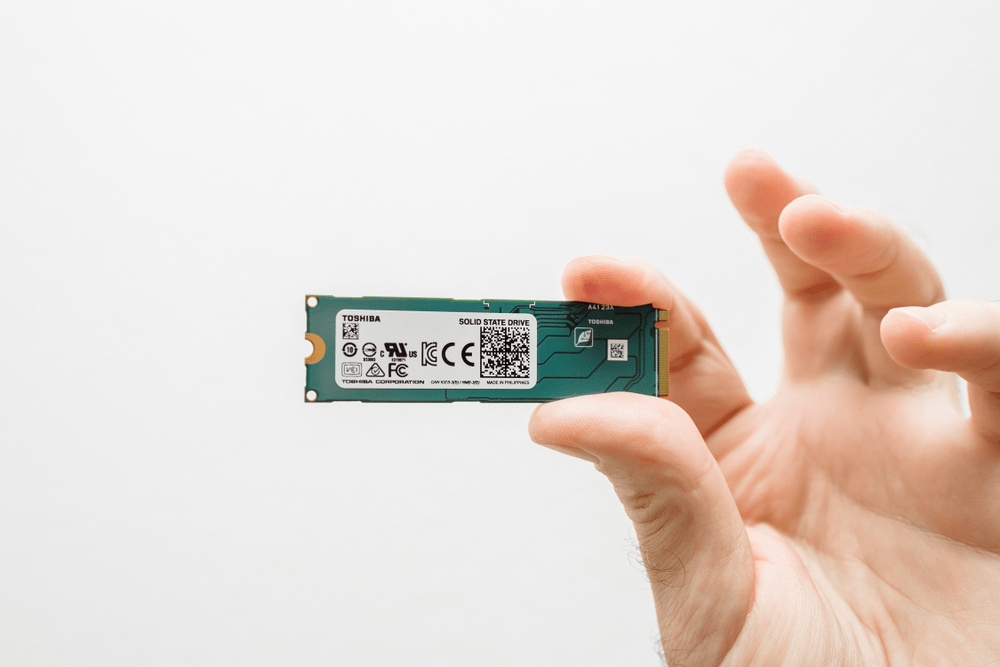There are a couple ways to classify SSDs, but we’re going to mention a particularly important factor—the type of connection they use. Connections can broadly be divided into a few different options.
SATA III: Short for Serial ATA. This is the final evolution of an older connection option that works with both HDD and SSD. It was very useful during the transition from HDD to SSD. Now that this transition is slowly coming to an end, SATA III connections (which can handle a maximum bandwidth of about 600 megabytes per second) are losing favor.

PCIe: The Peripheral Component Interconnect Express option connects to PCIe lanes in motherboards for a more direct flow of data. Because of this they are speedy, supporting SSD writing speeds around 1GB per second. However, they are currently quite expensive, guaranteed to raise the price of a computer.
NVMe: Short forNon-Volatile Memory Express. It is designed to accelerate the transfer of data between enterprise and client systems and solid-state drives (SSDs) over a computer’s high-speed Peripheral Component Interconnect Express (PCIe) bus. NVMe is currently even newer than direct PCIe connections, and so even more expensive, but look for this spec to become common in coming years.





